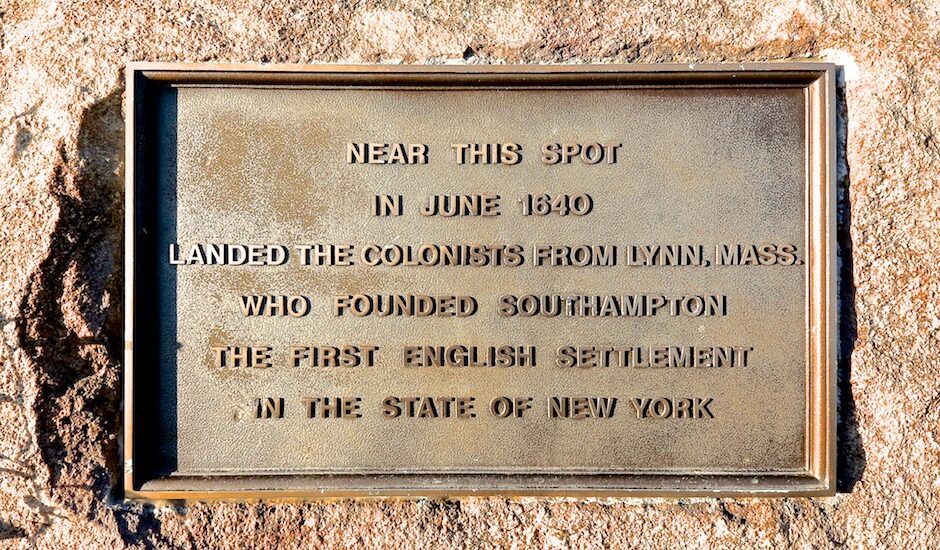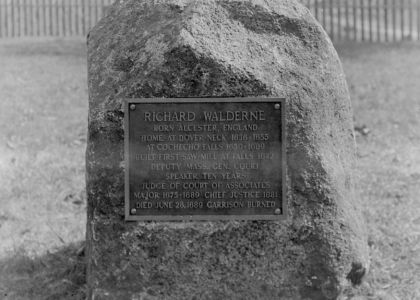Welcome to the 1640 Colonist Landing, a fascinating stop on our journey through time. This site marks a poignant chapter in the early history of European settlement in America. In the early 17th century, as explorers and settlers ventured across the Atlantic, the eastern coast of North America became a pivotal point of contact and colonization. The year 1640 is significant as it represents a period of burgeoning colonial expansion on Long Island, where our story unfolds.
Imagine sailing across the vast Atlantic in a wooden ship, enduring weeks at sea, only to arrive at the shores of an unfamiliar land. This is what the early colonists experienced as they landed on these shores. The 1640 Colonist Landing was one of the early footholds in the region, setting the stage for the development of what would become a bustling colonial community.
Among the early settlers were English Puritans seeking religious freedom and economic opportunities. These individuals were part of a broader wave of migration that shaped the cultural and social landscape of New England and the Mid-Atlantic. Their determination and resilience contributed significantly to the establishment of new settlements, agricultural practices, and governance structures.
As you stand here, picture the early days of settlement: dense forests being cleared for farmland, simple wooden homes being built, and the first meetings between settlers and the indigenous peoples of the area. These interactions were complex, marked by both cooperation and conflict, as native tribes and colonists navigated their new realities.
One notable figure associated with the early days of settlement on Long Island was Lion Gardiner, a military engineer who played a crucial role in fortifying early colonial settlements. His work in establishing Gardiner’s Island nearby influenced the security and development of the region.
Over time, the 1640 Colonist Landing evolved from a small settlement to part of a thriving network of communities. As the colony grew, so did its economic activities. Agriculture, trade, and fishing became the backbone of life here, and the area’s strategic location made it a vital point for trade between New England and other colonies.
In the broader historical context, places like the 1640 Colonist Landing were instrumental in the formation of colonial America. They served as the testing grounds for ideas of self-governance and community that would later inspire the democratic principles of the United States.
Today, while much has changed, the legacy of the early colonists remains. This site is not just a reminder of the past but also a testament to the enduring spirit of exploration and settlement that defines American history. As you reflect on the stories of those who first set foot here, consider how their experiences and ambitions continue to echo in the fabric of modern American society.



